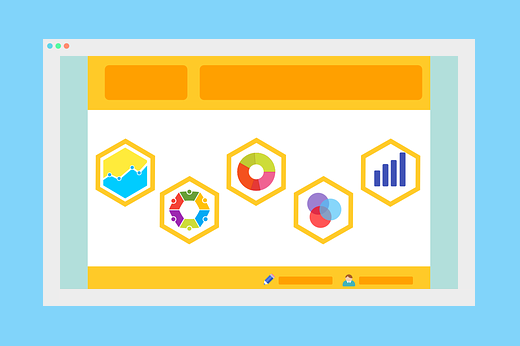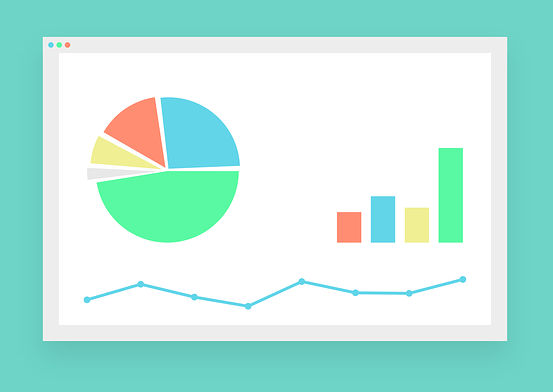Business intelligence reporting allows the head of the office to define enterprise's KPI and make appropriate business decisions.
Key performance indicators, or KPIs, are important performance measurements that show how effective a company is in achieving its business goals.
Well-defined and properly measured KPIs can become key criteria for evaluating and improving the business development course of the company. That is why KPI analysis is a critical part of the business intelligence process in any company.
First, define business goals - then KPIs
In order to provide a valid evaluation of the company’s success in achieving its short- and long-term objectives, you have to measure the right things. KPIs always have to be based on the company’s goals and strategy. Don’t use certain KPIs just because they are common in the industry you work in. If they are not based on your actual business goals, you don’t need them.
So, first define what your company’s business objectives are, and then create the key indicators that will show your progress in achieving those objectives.
Go for quality, not quantity
When it comes to KPI analysis, fewer is more. KPIs are supposed to give you a clear picture of how your business is working, not clatter your dashboards (and brain) with endless metrics you struggle to remember and analyze. Try to use no more than 10 KPIs at a time, 5 to 7 would be even better, and don’t be afraid to “trim the fat”.
In order to be effective, KPIs have to be concise, clear, and straightforward. Such KPIs are less open to various interpretations, and thus easier to be comprehended and acted upon.
Make your KPIs actionable
We have already mentioned that KPIs have to be measurable. However, they also need to be actionable. Of course, some indications that do not directly depend on the company’s management decisions or its employees’ activities can be demonstrative of the company’s progress in achieving its goals. You can measure and analyze them but think twice before including them on the list of your KPIs.
You will probably put a lot of time and effort in your KPI data analysis, so it is better to make sure, that you will be able to use its result on practice, and that your actions will directly influence the KPI value.
Review your KPIs on a regular basis
Once defined, your KPIs have to be regularly reviewed and reevaluated. It is important to make sure that the KPIs are relevant to your business and its objectives that can change over years. Failing to do so could result in wasting the company’s resources on analyzing KPIs that have no tangible effects on its development, or worse lead to wrong management decisions.
Go easy on visualization
When working with key performance indicators, it can be very tempting to visualize everything.
Be careful! Data visualization helps to see trends more distinctly, but sometimes it is critical to see the raw figures in order to make the right decision. Besides, too much color or image can be very distracting when your audience has to follow and make sense of several indicators at once.
Choose the right tools
The success of KPI analysis depends not only on defining the right KPIs but also on choosing the right tools to work with them, especially if you work with large amounts of data. Using the correct tool will ensure that the data you use is up to date, all calculations are correct, and you will have opportunities to represent and visualize the data as required.
Ranet OLAP provides wide options to efficiently analyze KPIs, use them in your reports and deliver to the right audience. You can try them yourself for HTML and WPF applications during a free 30-day trial.



